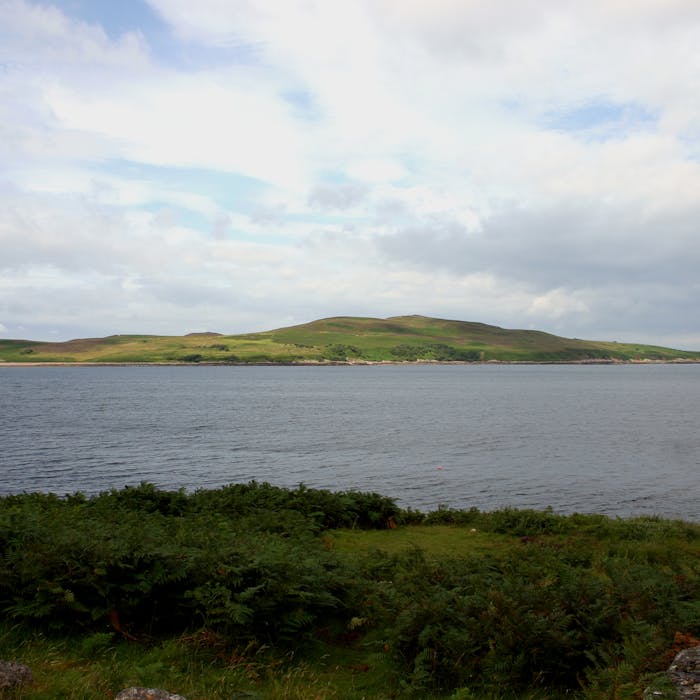
Gruinard Island - home of a deadly anthrax experiment
Visible from the road to Mungasdale, Highland, on the west coast of Scotland, the small and treeless Gruiniard Island seems to have had a gloomy reputation for centuries. From the redoubt of thieves and pirates, to a home for a killer disease, the news has never been good.
Gruiniard Island is just over a mile long and less than a mile wide. In the mid-16th century it was covered with trees, and described as a den of 'thieves and rebels'.
By 1881, the population was recorded as six people, and the island was completely uninhabited by the 1920s. Consequently, the government in 1942 chose it as their site for experiments in biological warfare.
A highly virulent strain of Anthrax known as “Vollum 14578” was tested by filling “bombs” with the deadly bacteria. Once detonated, the bombs would burst and a cloud of brown deadly dust would drift down onto a flock of unsuspecting sheep. Though the army learned that they could indeed contaminate enemy cities so thoroughly as to make them uninhabitable for decades, they obviously discovered the same was true of Gruinard itself. The military scientists were unable to clean up the island after the experiment as the spores were sufficiently durable to resist any efforts at decontamination.
In 1945, when the island's owner sought its return, the Ministry of Supply recognised that it was contaminated, and kept control of the island, prohibiting all access.
In the early 1980s, the island became a public threat when a group calling themselves “Operation Dark Harvest” began sending soil from the island to government facilities across the UK, demanding the island be cleaned. The soil was sufficiently contaminated with anthrax to cause alarm.
In 1986, the government began cleaning up Gruinard Island by spraying down the entire place with a solution of formaldehyde and seawater. As of 1990 the island was declared “safe” and returned to the heir of the original owner. In 1997, the history of the project was declassified for the first time.
Since 2007, there has not been a case of anthrax from the test flock of sheep left on the island following decontamination. However, not everyone is convinced the island is safe. In the words of one sceptic, “it is a very resilient and deadly bacterium.”
Further reading
Links to external websites are not maintained by Bite Sized Britain. They are provided to give users access to additional information. Bite Sized Britain is not responsible for the content of these external websites.
